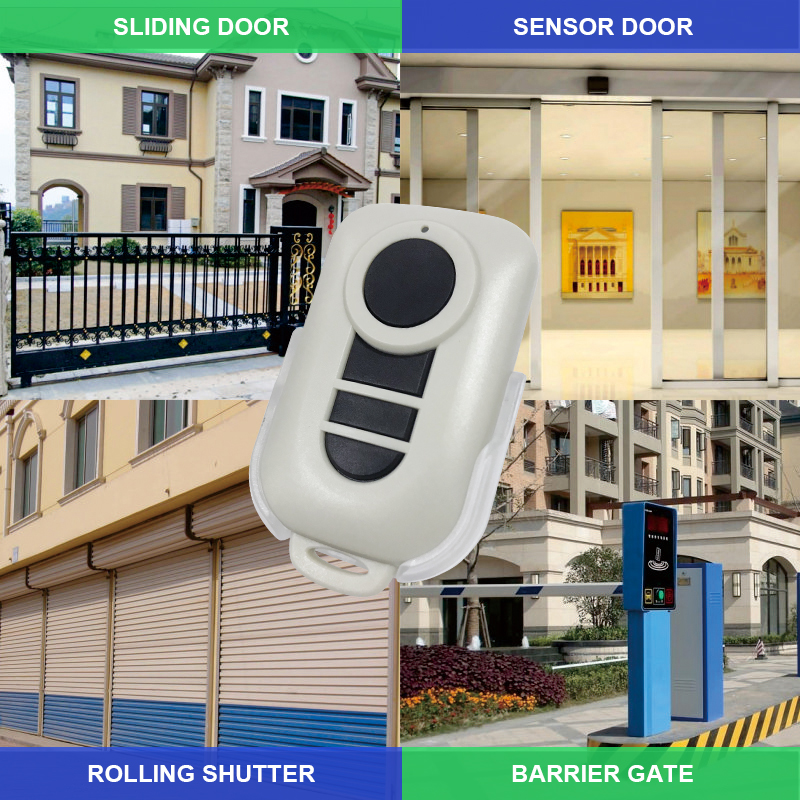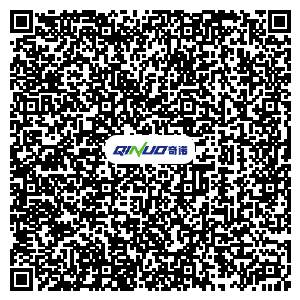Rolling code technology has become a staple in modern garage door openers, enhancing security by generating a unique code with each use. This prevents hackers from reusing intercepted signals. But as a homeowner, you might wonder: do these devices need regular updates or maintenance to stay effective? Let’s explore the essentials.

Understanding Rolling Code Technology
Rolling code remotes work by syncing with a garage door opener through an algorithm that advances the code sequence every time the remote is pressed. This dynamic system minimizes the risk of unauthorized access, making it far more secure than fixed-code predecessors.
Do They Require Software Updates?
Unlike smartphones or computers, rolling code remotes don’t receive over-the-air software updates. Their security relies on hardware-based encryption, meaning vulnerabilities are rare and typically addressed through physical replacements rather than patches. However, if a critical flaw is discovered in the algorithm, manufacturers may advise upgrading to a newer model. Regularly checking for recalls or security advisories from your opener’s brand is a good practice.
Maintenance Tasks to Keep in Mind
While rolling code remotes are low-maintenance, a few tasks ensure longevity and reliability:
Battery Replacement:
The most common issue is a dead battery. Most remotes use coin-cell batteries (e.g., CR2032) that last 1–3 years. Signs of a weak battery include reduced range or unresponsiveness. Keep spares handy and replace them proactively.Re-Synchronization:
Remotes occasionally lose sync with the opener, especially after battery changes or signal interference. Reprogramming involves pressing a "learn" button on the opener and the remote—a process detailed in your manual. This isn’t routine maintenance but a troubleshooting step.Physical Care:
Protect the remote from moisture, extreme temperatures, and drops. Periodically clean the buttons and casing to prevent debris from affecting functionality.Opener System Checks:
While focusing on the remote, don’t overlook the opener itself. Ensure its sensors are aligned, and mechanical components (springs, tracks) are lubricated and inspected annually.
Security Considerations
Rolling codes are secure, but no system is invincible. Tech-savvy thieves might use advanced methods like "jamming" or "rolling code grabbing," though these are uncommon. To bolster security:
Avoid Signal Reuse: Never press the remote unless needed, as each signal is unique.
Upgrade When Necessary: If your system is over a decade old, consider modern models with encryption (e.g., AES-256) or smartphone integration.
Supplement with Smart Tech: Smart garage hubs (e.g., MyQ) add features like real-time alerts and temporary access codes.
Conclusion
Rolling code garage door remotes don’t require regular software updates, but basic maintenance ensures optimal performance. Replace batteries every few years, re-sync when needed, and handle the remote with care. Stay informed about security advancements and upgrade your system if vulnerabilities emerge. By combining rolling code technology with mindful upkeep and modern security practices, you’ll keep your garage—and home—protected.

-
Office ViewQinuo Electronics Co., Ltd.was founded in 2009,it is a high-tech company that integrated R & D, manufacturing, sales and service for 15 years,which is mainly specialized in providing sensors of automatic door, control system of door and gate, car key remote, auto parts etc. The company currently has four independent brands: U-CONTROL, U-SENSORS, U-AUTOGATES and U-AUTOKEYS.
-
got questions? call us
+86 13960286508
-
fax :
+86 595 22901208 -
Email :
[email protected]
-
address
- No.991 Xingxiu Road,Taiwanese Investment Zone, Quanzhou, Fujian Province,P.R.China











